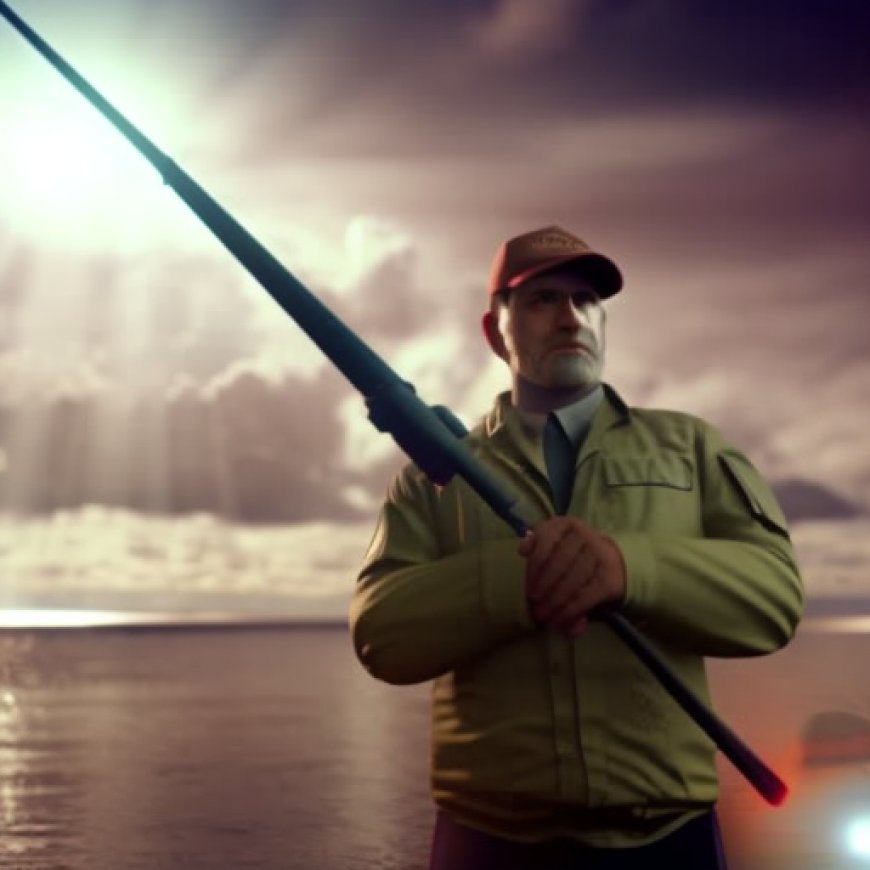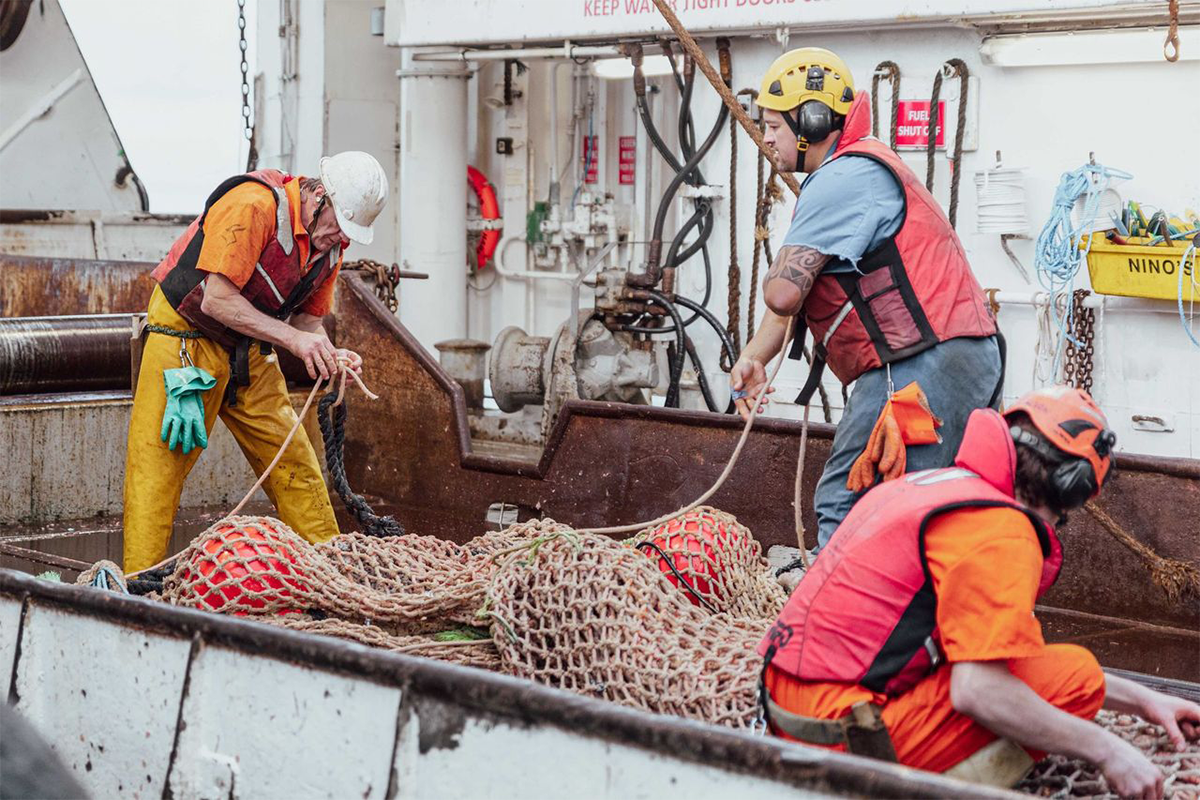Defining and monitoring destructive fishing represents a new era in fisheries policy – Responsible Seafood Advocate
Defining and monitoring destructive fishing represents a new era in fisheries policy - Responsible Seafood Advocate Global Seafood Alliance


‘Sustainable, equitable fishing is essential for the health of the ocean and those who depend on it’
Date: 13 May 2024
Author: Bonnie Waycott

Fisheries provide a vital source of food, employment, recreation, trade and economic well-being for people across the globe. However, efforts to ensure their sustainability are compromised by illegal, unreported and unregulated (IUU) fishing, overfishing and more. To curtail this impact, the UN Sustainable Development Goal (SDG) 14.4 urges the international community to “effectively regulate harvesting and end overfishing, illegal, unreported and unregulated fishing and destructive fishing practices” by 2020.
The Monitoring Framework for Destructive Fishing
The term destructive fishing is widely featured in academia, media and policy, yet it is used inconsistently and no globally agreed definition exists. This, and the lack of understanding over what constitutes destructive fishing, hinders the ability to track its scale and magnitude. To address this, researchers at Fauna & Flora, the UN Environment Programme World Conservation Monitoring Centre (UNEP-WCMC), BirdLife International, Brunel University of London, Helmholtz Institute for Functional Marine Biodiversity at the University of Oldenburg and the University of Cambridge launched the Monitoring Framework for Destructive Fishing in November 2023.
The goal is to provide a greater understanding of destructive fishing, monitor it and outline evidence to determine if it is taking place. Over 80 individuals from 36 countries – including from non-governmental organizations, academia, government fisheries management and the fishing industry – identified areas of consensus regarding what destructive fishing is and is not, and suggested ways to monitor it. Consultations also led to a new working definition, which was released in March 2024: “Destructive fishing is any fishing practice that causes irrecoverable habitat degradation, or which causes significant adverse environmental impacts, results in long-term declines in target or nontarget species beyond biologically safe limits and has negative livelihood impacts.”
“Sustainable, equitable fishing is essential for the health of the ocean and those who depend on it,” Dr. Chris McOwen, UNEP-WCMC lead marine scientist, told the Advocate. “Whilst specific practices such as dynamite and poison fishing are destructive, for many other approaches context is key in determining if and how destructive they are. The word destructive is emotive, and there is no consistency in its use. This makes it hard to define with rigid empirical scientific language.”
The Framework for Monitoring Destructive Fishing
The new framework helps countries and industry determine whether destructive fishing is happening in their regions of interest, guiding them through available indicators and which ones may be best for local analysis. It is organized around two broad types of impact that fishing can have, with seven elements to measure to assess these impacts. The evidence that could be used to determine if destructive fishing is occurring is drawn from and built upon targets, frameworks and indicators that are currently used by the fishing industry and governments.
According to McOwen, destructive fishing could be destructive to a species, the ecosystem or society. With the new working definition and framework, he and his team hope that international policy discussions will be built upon, supporting countries to prohibit destructive fishing practices.
Benefits of the Framework
The framework seeks to provide a starting point for discussions and consultations within a country or region, reflecting national capacity, priorities and policies. One of its key conclusions is that it’s often not possible to label a fishing activity destructive without context. This context includes target species, the ecosystem where fishing takes place, the needs and vulnerabilities of dependent societies, the duration of fishing activity and the time of year.
“We have seen some encouraging signs of consensus and a lot of hope and potential to work further on how we can monitor destructive fishing,” said McOwen. “This is a global problem that needs a global solution. But it must include local communities and fishers. With the monitoring indicators that we’ve developed, we are now planning to see how they would work in specific fisheries contexts.”
Charles He
‘Sustainable, equitable fishing is essential for the health of the ocean and those who depend on it’
-
SDG 14: Life Below Water
- Target 14.4: By 2020, effectively regulate harvesting and end overfishing, illegal, unreported and unregulated fishing and destructive fishing practices.
The article highlights the importance of sustainable fishing practices and the need to address destructive fishing practices. It specifically mentions SDG 14.4, which calls for the regulation of destructive fishing practices by 2020.
-
Target 14.4: By 2020, effectively regulate harvesting and end overfishing, illegal, unreported and unregulated fishing and destructive fishing practices.
The article discusses the need to regulate and end destructive fishing practices, which aligns with Target 14.4 under SDG 14.
-
No specific indicators mentioned in the article.
The article does not mention any specific indicators that can be used to measure progress towards Target 14.4.
Table: SDGs, Targets, and Indicators
| SDGs | Targets | Indicators |
|---|---|---|
| SDG 14: Life Below Water | Target 14.4: By 2020, effectively regulate harvesting and end overfishing, illegal, unreported and unregulated fishing and destructive fishing practices. | No specific indicators mentioned in the article. |
Copyright: Dive into this article, curated with care by SDG Investors Inc. Our advanced AI technology searches through vast amounts of data to spotlight how we are all moving forward with the Sustainable Development Goals. While we own the rights to this content, we invite you to share it to help spread knowledge and spark action on the SDGs.
Fuente: globalseafood.org

Join us, as fellow seekers of change, on a transformative journey at https://sdgtalks.ai/welcome, where you can become a member and actively contribute to shaping a brighter future.







